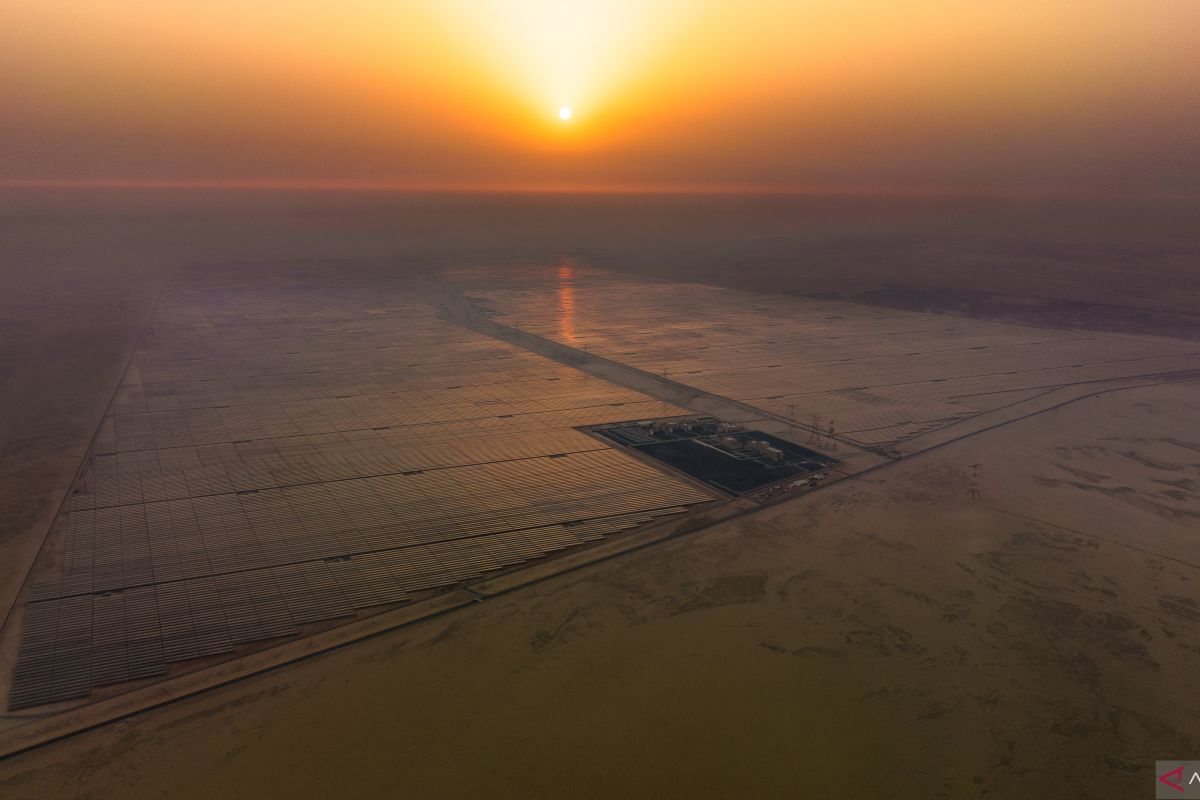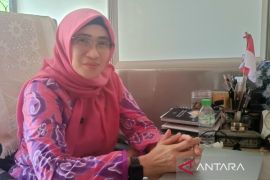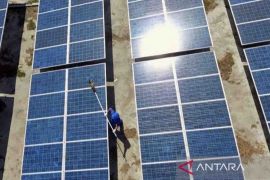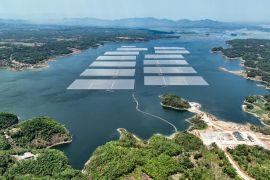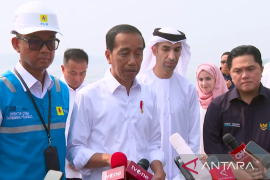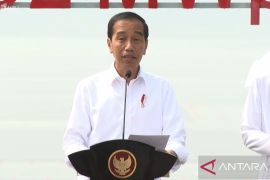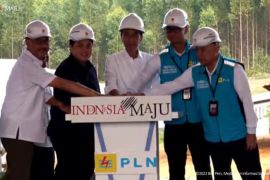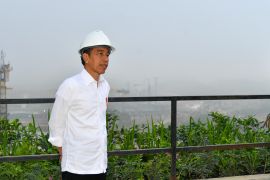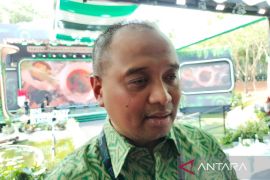This powerful statement, delivered by Sultan Al Jaber, Minister of Industry and Technological Advancement of the United Arab Emirates, at the opening of the Abu Dhabi Sustainability Week, demonstrates an unwavering spirit to overcome challenges.
This mindset is truly inspiring and worthy of emulation worldwide.
A prime example of this "horizon-exploring" philosophy is the United Arab Emirates' remarkable success in transforming a vast expanse of desert into the world's largest single-site solar power plant in Al Dhafra Municipality, Abu Dhabi.
The achievement is particularly noteworthy considering the UAE's historical reliance on fossil fuels as a major oil and gas producer.
Harnessing the sun
Boasting an impressive capacity of 2.1 gigawatts (GW), the Al Dhafra solar power plant harnesses the power of approximately 4 million photovoltaic (PV) modules to illuminate around 200 thousand UAE homes.
To put this into perspective, this level of energy generation could potentially power approximately 3.65 million households in Jakarta annually, assuming an average monthly household consumption of 400–500 kWh.
Overcoming the challenges of the harsh desert environment, including unpredictable weather conditions such as strong winds, scorching heat, and occasional heavy rain, requires the deployment of sophisticated technology.
The project incorporates PV systems specifically designed to withstand these demanding conditions.
This remarkable feat is a testament to the collaborative efforts of four companies: two UAE-based entities (Masdar and TAQA) and two international companies (EDF Renewables and Jinko Power).
With a combined investment, these companies have successfully harnessed the desert sun's energy, transforming it into a sustainable source of power for the UAE.
Sultan Al Jaber, who is also the head of Masdar, has emphasized the UAE's ambition to become a global leader in renewable energy development.
Recognizing Indonesia's significant potential in this sector, the UAE views the country as a key partner and a potential hub for renewable energy development in Southeast Asia.
Indonesia's green energy potential
Masdar, a leading renewable energy company from the UAE, has established an Indonesian office, with the goal of positioning Indonesia as a renewable energy hub in Southeast Asia.
Unlike the UAE, which primarily relies on solar power, Indonesia has a diverse renewable energy resource base.
The abundance of natural resources and renewable energy potential in Indonesia, including solar, hydro, wind, geothermal, and biomass, has long been emphasized in the country's education system.
However, limited technology and challenging geographical conditions have hindered the widespread adoption of renewable energy.
Consequently, Indonesia still heavily relies on fossil fuels, which pose a significant environmental threat.
However, Masdar sees this challenge as an opportunity.
In collaboration with state-owned PLN Nusantara Power (PLN NP), it has successfully developed the Cirata floating power plant, a pioneering project located in the Cirata Reservoir, West Java.
The 200-hectare floating solar power plant, comprising 13 solar panel islands, generates 192 MWp (megawatt peak) of green energy. Currently the largest floating solar power plant in Southeast Asia, the Cirata plant is set to expand its capacity to 500 MW.
This achievement demonstrates how technological advancements can effectively overcome the geographical limitations faced by Indonesia.
The Cirata floating solar power plant also showcases a novel approach for Indonesia, a country with limited land area, to leverage its vast water resources for renewable energy generation.
Masdar is also expanding its involvement in Indonesia's renewable energy sector.
The company has acquired a 15-percent stake in PT Pertamina Geothermal Energy Tbk (PGE) and is pursuing investment opportunities in Government Cooperation with Business Entities (KPBU) projects, particularly in the archipelago in East Kalimantan, based on a Letter to Proceed (LtP) received from the Nusantara Capital City Authority (OIKN).
During a dialogue, Masdar's chief operating officer (COO) Abdulaziz Alobaidli, highlighted the company's ongoing exploration of wind power plant (PLTB) and hydropower (PLTA) development opportunities in Indonesia.
Despite the challenges posed by the country's topography in developing PLTB projects, Masdar remains committed to identifying viable solutions.
At the site visit to the Al Dhafra solar PV plant, a rare event unfolded: heavy rain unexpectedly fell in the middle of the desert. The weather event, while uncommon, served as a reminder of the desert's unpredictable nature.
Intrigued by this unusual phenomenon, Alobaidli quickly captured the moment on his phone.
While the downpour was not anticipated in the weather forecast, the local residents welcomed it with joy, considering rain a symbol of abundant blessings and good fortune.
Alobaidli observed that Indonesia experiences significantly higher rainfall compared to the UAE.
He expressed the hope that the abundant rainfall will similarly bring good fortune and prosperity to Indonesia, particularly in the advancement of its renewable energy sector.
Related news: Ministry highlights Indonesia's potential as solar panel supplier
Related news: PLN, German firms explore cooperation in renewable energy infra
Translator: Putu Indah Savitri, Aditya Eko Sigit Wicaksono
Editor: Arie Novarina
Copyright © ANTARA 2025
